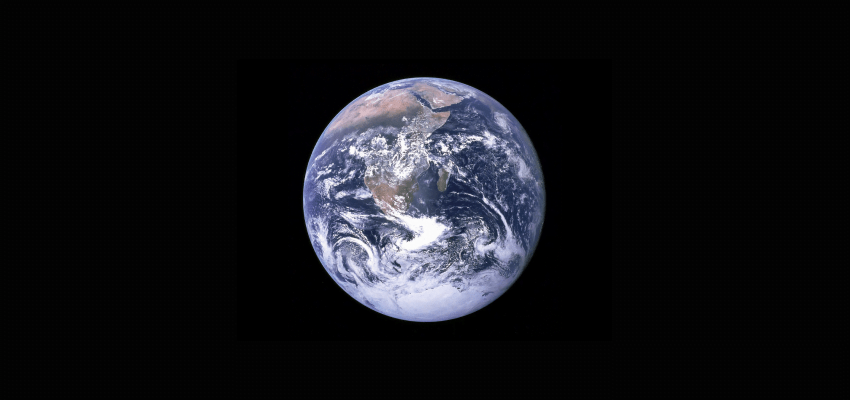Unlocking the Secrets of Super-Earths: The Search for Alien Worlds
Super-Earths are exoplanets larger than Earth, with sizes between 30-70% larger. They can be composed of either rocky or gaseous materials or both. Exoplanets are widespread in other star systems, with estimates of over a trillion in the Milky Way galaxy. Scientists are interested in these worlds as they could potentially sustain life, making them candidates in the search for extraterrestrial life.
One of the most exciting recent discoveries of a super-Earth is LP 890-9 c, which was announced by NASA in 2022. This rocky planet, 40% larger than Earth, orbits in the habitable zone of its solar system, potentially allowing liquid water to exist. However, much about this planet remains unknown, including its atmosphere and whether it is truly similar to Earth.
To learn more about these mysterious worlds, scientists will use new and forthcoming giant telescopes to study their atmospheres and other characteristics. The discovery of super-Earths continues to be an exciting field of research and has the potential to reveal new insights into the possibility of life beyond our own solar system.
Revealing mysterious super-Earths
The search for new worlds is a challenging task that requires specialized telescopes like NASA’s TESS space telescope.
TESS searches for exoplanets by observing changes in star brightness, potentially caused by planets crossing in front of the star. So far, TESS has discovered over 240 confirmed planets and thousands of other candidates.
Once exoplanets are discovered, astronomers can use powerful telescopes like the James Webb Space Telescope to study their atmospheres. Webb telescope has the ability to study exoplanet atmospheres by analyzing the light passing through them using its instruments.
For example, when a planet transits in front of a star, light passes through the exoplanet’s atmosphere and into instruments called spectrographs aboard the Webb telescope. These spectrographs can then identify specific molecules in the atmosphere by the colors of light they absorb.
The discovery of super-Earth LP 890-9 c holds promise as a potentially habitable world, and the Webb telescope will play a crucial role in studying its atmosphere. The telescope will be joined by the Extremely Large Telescope being built in Chile, which will also be able to collect light passing through exoplanet atmospheres and even take pictures of some exoplanets. The study of exoplanets is limited by telescope positioning and the detection of a planet’s transit around a red dwarf is only 2%.
The closest planet to us, Proxima Centauri b, is a super-Earth that was discovered in 2016. Though close, much of the planet is unknown as current telescopes lack the capability to capture light from its atmosphere. More powerful telescopes will be needed to learn more about it.
Life on habitable worlds?
Super-Earths, exoplanets with mass more than Earth, are the subject of much investigation and speculation in astrobiology. Scientists are eager to understand the habitability of these planets and if they are inhabited by life. However, as Ravi Kopparapu, a planetary scientist at NASA, notes, “A habitable planet can be habitable but not inhabited.”
A thick atmosphere that can retain heat and protect from radiation and UV rays, is essential to make super-Earth habitable. Additionally, super-Earths may also have access to bounties of water, which is not a rare ingredient in the cosmos.
UV rays
Chris Impey, of the University of Arizona, suspects that there are quite a few habitable super-Earths. Planets with a mass larger than Earth have a better chance of retaining a thick atmosphere which can protect from harmful radiation and UV rays. A super-Earth may also hold plenty of water.
NASA’s Jim Hu is particularly interested in super-Earths that are “cold.” This doesn’t mean that they’re covered in snow, but rather that they’re not scorched by close orbits around their star. “Several of them likely have surface temperatures comparable to Earth,” Hu said. “Their physical conditions are ideal for searching for potential habitability.”
However, identifying life in a distant super-Earth is a different and profoundly challenging story. To confirm the possibility of life on a super-Earth, a significant amount of evidence must be gathered despite the vast distance. Kopparapu explained that context is key.
Astronomers are on a quest to discover new habitable worlds beyond our solar system, specifically focusing on super-Earths. It is thought that planets larger than Earth but smaller than gas giants, are more probable to contain life. However, scientists are now realizing that many of these super-Earths may be vastly different from our own planet.
Dangerous Radiation
One of the biggest concerns in the search for habitability is the potential exposure to dangerous radiation. Telescopes like JWST are employed to study the atmospheres and radiation of planets to gather information on them. However, it is still uncertain whether there is enough data to create a detailed computer simulation of the planet’s environment.
Detection of gases like methane, which may indicate the presence of life, is crucial in the search for extraterrestrial life. However, there are also alternative explanations for their presence, such as geological processes.
Despite these challenges, many scientists remain optimistic about the potential for finding strange new worlds. As Kopparapu, a researcher in the field, stated, “I would be disappointed if they’re Earth-like. We want to explore strange new worlds.” Finding a new and distinct planet could provide insight into the universe’s potential for life and diversity, making it a thrilling discovery.


